
“If we do not talk about it, if we do not remember, then the world will never know. And that has made me speak about it.” —Henry Meyer, Holocaust Survivor
Table of Content.
- The search on Wikipedia is flawed
- Why ‘Genocide against the Tutsi’ instead of ‘Rwandan Genocide’ or ‘1994 Genocide’?
- What is the difference between: ‘Rwandan Genocide’ and ‘Genocide against the Tutsi’?
- What about Hutu who were killed during the genocide?
- What about Hutu who were killed by RPF soldiers?
- Why is it important to clarify ‘Genocide against the Tutsi’?
- The RPF shot down the Habyarimana plane, therefore should be responsible for the genocide.
- Shooting of the plane transporting Habyarimana is the cause of the Genocide.
- Killers have no religion.
- Genocide Denial is normal after every Genocide, but it should be fought
- Did France participate in the Genocide? Yes, Effectively!
- Hostility of the international media against the RPF and Paul Kagame is engineered
- The search on Wikipedia is flawed
Every April 7th, I spend the morning editing Wikipedia, writing to the ‘History Channel’ and a few academic sources, trying to correct: ‘The Rwandan Genocide’ which is erroneous, and replace it with the ‘Genocide against the Tutsi’.
It is quite remarkable that if you search on Wikipedia for the ‘German genocide’ you actually can’t find the key word. What comes up is the ‘Holocaust’, or ‘the Genocide of Jews’. But when you search ‘Genocide against the Tutsi’, it’s the key word ‘Rwandan Genocide’ that appears.
After several attempts at correcting the ‘Rwandan Genocide’ page, Wikipedia finally protected it from further corrections. I have started a conversation with them; I hope it will be addressed some day…
- Why ‘Genocide against the Tutsi’ instead of ‘Rwandan Genocide’ or ‘1994 Genocide’?
First, because there is a Judgment of an International Court, followed by a UN Security Council Resolution to that effect: “‘Resolution 2150 of 16 April 2014, adding to the ICTR Judicial Notice of 15 June 2006 & the Akayesu Judgement of 2 September 98; Confirming the ‘Genocide against the Tutsi’”
In the Judicial notice, the International Court ruled in these terms:
“3) Between 6 April 1994 and 17 July 1994 there was genocide in Rwanda against Tutsi ethnic group.
This is one of the most significant rulings of the Tribunal, given the consequences in terms of putting the occurrence of the genocide beyond legal dispute. It can be recalled that until now the OTP has had to in each case lead evidence and prove the occurrence of the genocide. This will no longer be necessary.
Second, it was not other people who came from another country to kill Rwandans (To conduct a genocide of Rwandans) but groups that identified with one segment of Rwandans – the HUTU, that targeted and killed a particular segment of other Rwandans – The Tutsi.”
- What is the difference between: ‘Rwandan Genocide’ and ‘Genocide against the Tutsi’?
Think ‘German Genocide’ and ‘Genocide against the Jews’. The Genocide, according to the ‘Genocide Convention of 1948, is defined as: ‘The intent to kill in full or part of a racial, ethnic, religious or national group.’
In the Rwandan case there was the INTENT to kill all TUTSI. Note that these intents never succeed, and usually other people are also killed in the process. – In this case HUTU were killed, just like Germans who hid Jews were killed.
That INTENT is further shown in the preparation of the genocide: Purchasing of Machetes; Creation of the Media of Hate Radio RTLM, Newspapers: Kangura; – in which were published the infamous ‘10 commandments of the Hutu’, calling for the killing of traitors; Training of Interahamwe and Impuzamugambi Militias, Incendiary Speeches, among which the famous Habyarimana’s: ‘… Igihe nikigera, nzahamagara interahamwe maze tumanuke’ (When time comes, I’ll call my interahamwe so that we descend); by the President of the Transition, Mr. Sindikubwabo, made in former Butare: ‘Mukore, mwese mujye gukora umurimo’ (Go to work – read go kill Tutsis – all of you); and many others, daily made by opinion leaders; the Dehumanization: referring to Tutsis as: Cockroaches, Snakes, Traitors, etc.; and finally, the trial killings conducted in 1992, 1993 and early 1994.
Preparation is further shown in what is now referred to as the Genocide fax (link here) sent by Gen. Romeo Dallaire, the commander of the Peace Keeping Mission, to the UN Headquarters warning them of the upcoming massacres.
- What about HUTU who were killed during the genocide?
The HUTU who were killed by fellow Hutu during the Genocide were seen as an obstacle to that INTENT to kill TUTSI – an obstacle to the plan of GENOCIDE. They were never the main targets. These HUTU are recognized as Genocide victims, honored and even posthumously decorated for their bravery. Their surviving kin have been receiving the same support as other genocide survivors.
- What about HUTU who were killed by RPF soldiers?
There were cases of HUTU who were killed by RPF soldiers, as part of retaliation. In his book ‘Shake Hands with the Devil’ – Gen. Dallaire explains that the very isolated cases of RPF soldiers who were involved in retaliatory killings, would be sentenced to death by their superiors and executed by firing squad, to set an example for other troupes. Other RPF soldiers who committed killings of Hutu have been put to trial and jailed.
What needs to be retained here is that: These were isolated cases, taken on an individual initiative, in the heat of war, and which were repressed by the senior command of the RPF.
These are not victims of Genocide – as defined above; because there was never an intent to destroy in part or full the HUTU people. These were victims of war crimes, which constitute grave human rights violations, and their perpetrators were put to trial and sentenced.
- Why is it important to clarify ‘Genocide against the Tutsi’?
Because the ICTR Judicial notice came to address a pervasive amalgam used by genocide deniers; who alleged that all Rwandans killed each other. They also allege that:
- The RPF shot down the Habyarimana plane, therefore should be responsible for the genocide.
This is incorrect. In my view, the group that stood to gain from Habyarimana’s life was the RPF and the moderate Hutus – who are part of the current government of National Unity.
Habyarimana was the signatory, and the guarantor of the Arusha Peace Agreements, which gave the RPF substantial power, along with the opposition’s moderate Hutus.
On the other hand, those who had everything to lose were the ‘Akazu’: inner-circle of then ruling MRND, incidentally all now convicted genocide planners and perpetrators. They never hesitated to criticize Habyarimana for his concessions to the RPF.
Habyarimana was popular to the general peasants, but as American author Andrew Wallis details in his book “Stepp’d into blood” he had no significant grip on the power. He was a hostage of a powerful syndicate set-up by his wife and her brothers – the Akazu.
You see, after all the plans for genocide were in place, the planners needed a spark to ignite the country in an all out massacre; what ‘Bagosora’, one of the planners of the Genocide against the Tutsi remarked during negotiations with RPF in Arusha, that he was going back to Kigali to prepare the ‘Apocalypse’, Something powerful enough to make neighbors turn against each other; a husband kill his wife and children; a priest to give out his church goers: The killing of the ‘father of the nation’ – Habyarimana – whom was seen by the elite as a lame duck, about to put the interests of the ‘Akazu’ in jeopardy.
Habyarimana was aware of such plan by his powerful in-laws to eliminate him; Which is why he invited on board the plane another head of state; Burundian Cyprien Ntaryamira. ‘They won’t dare kill two heads of state at the same time’ he thought. Well he was wrong…
- Shooting of the plane transporting Habyarimana is the cause of the Genocide.
Absolutely not! While the shooting down of the plane triggered the massacres on a large scale, it was, in no way, the cause of the genocide. The mass killing of Tutsi, their deportation; their systematic discrimination and finally the preparation of the genocide had been going on since 1959, and intensified since the attack of the RPF in 1990.
Conclusion
- Killers have no religion, nor Ethnic Group
In other words, Killers have no ethnic group. While the Interahamwe were drawn from the Hutu ethnic group, claimed to advance interests of the Hutu by Killing Tutsi, they were no longer Hutu; they were killers. Just like some who were mixed Hutu and Tutsi indulged in the killings; they lost their Hutu ‘identity’ – if there was ever one – the moment they took a machete and went on killing innocent people.
Accordingly, Hutus shouldn’t be held responsible for actions of killers; just like today, Muslims wouldn’t be held responsible for terrorist actions being perpetrated in their name. Understanding that is what has enabled us to advance as a nation.
- Genocide Denial is normal after every Genocide, but it should be fought
It took time and protracted discussions for the international community to recognize what happened in Rwanda as Genocide. After every Genocide, there are theories of denial, which are characterized by: Trivialization: (playing down the numbers of victims significantly); Flogging Double Genocide: (They all killed each other, therefore they are equally guilty); Shifting responsibility: (Tutsis deserved to die, because…. Or: It is the RPF that shot down the plane, therefore they are responsible for the death of their own people; etc.)
Following the ICTR Judicial Notice, rendering the Genocide Against the Tutsi part of Jus Congens, a new theory was adopted by genocide perpetrators still on the run, their offspring and any other supporters of the ideology to exterminate Tutsi: “Double Genocide”. Now negationists do not deny the Genocide Against Tutsi, they just say it occurred – but: Another one of Hutu too occured..
- Did France participate in the Genocide? Yes, Effectively!
France probably had a stronger role than most of the peasants who physically killed people on hills. French troops trained and armed the militias, stood on roadblocks, checking ID cards, segregating Tutsis from Hutus and supervising the killings of Tutsis. As part of their infamous ‘operation turquoise’, French troupes created a buffer zone that stopped the advancement of the RPF, to enable the genocide regime to continue massacres in the southwest of the country, and assist killers to flee to safety abroad, once the RPF came to power. Furthermore, France as a country provided diplomatic coverage to the Genocide Regime at the Security Council during the killings.
- 1 Hostility of the international media against RPF and Paul Kagame is engineered
For this particular genocide, in which the international community turned a blind eye; in which France, a Permanent Member of the UN Security Council participated as a perpetrator; you can trust them to do everything in their power to make sure that truth is buried or distorted.
More damning still, for years we were all shown images where the locals are busy killing each other and a White man comes and saves the day. That is the image of the current world regency.
Now, in the Rwandan film, it is the White Man (Belgium) who first created the conflict, another white man (France) participates in the killings, and it is a Black Man – Paul Kagame – who vanquishes, ends the killings, chasses him and his proxies away and repulses anything to do with him: A new regency; that of the locals.
That said, in a shouting contest with France, we can never win, but luckily we are speaking to Rwandans, Africans and others who are interested in the truth; we do not need to shout.
Posted 11th April 2013


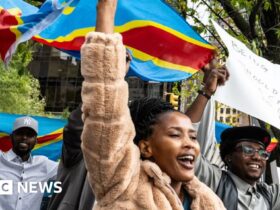
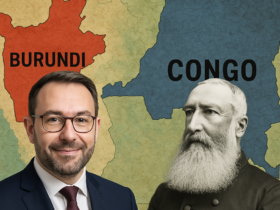
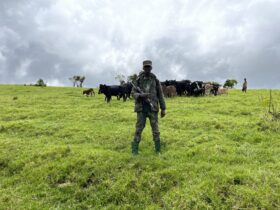


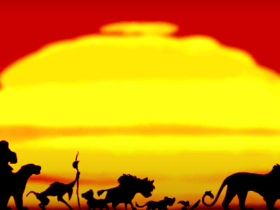


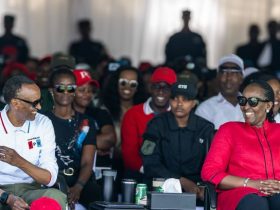
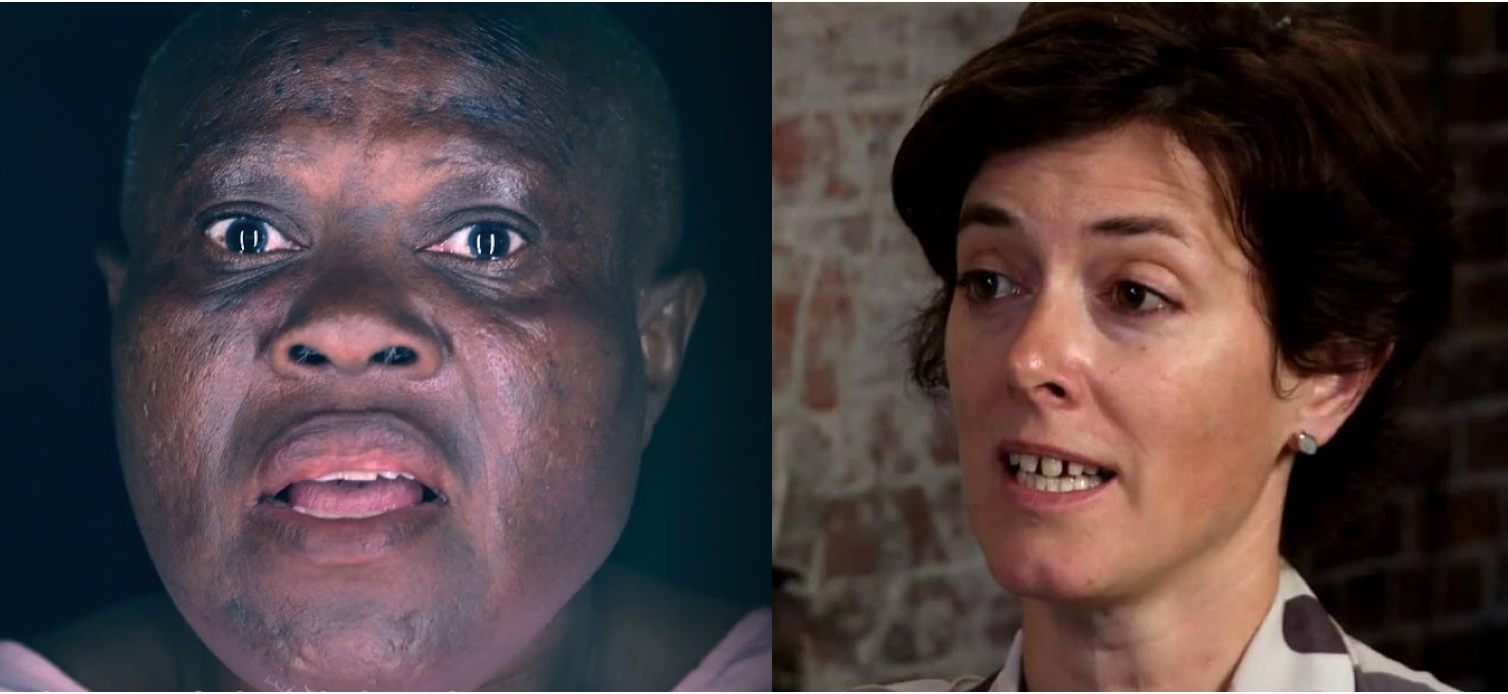


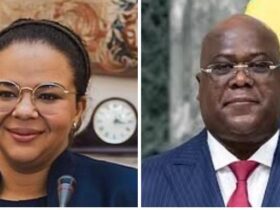
1 Comment